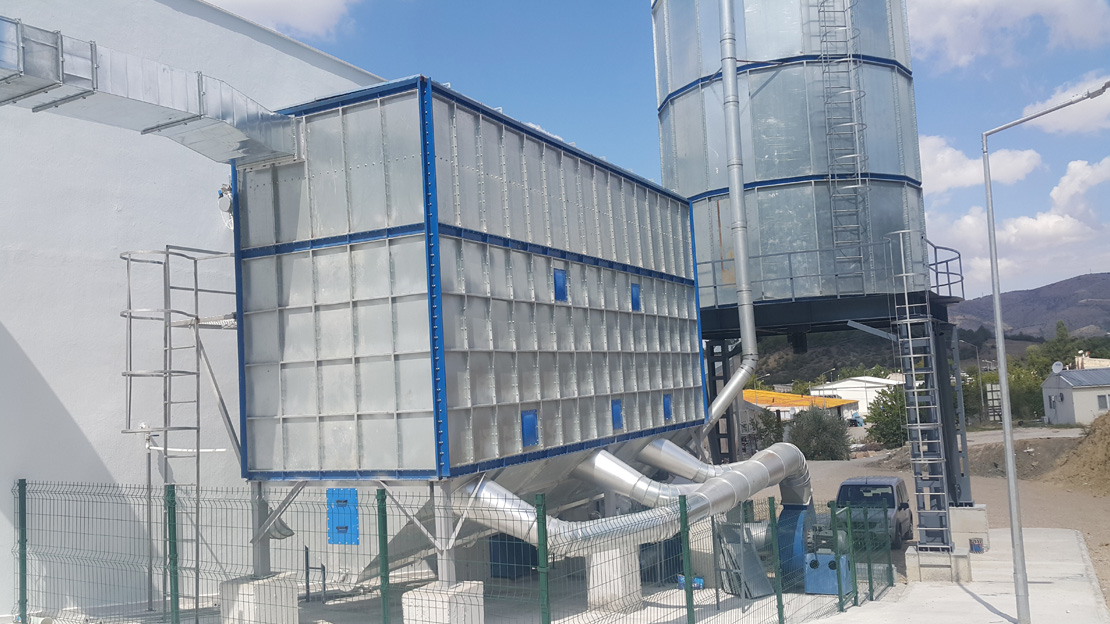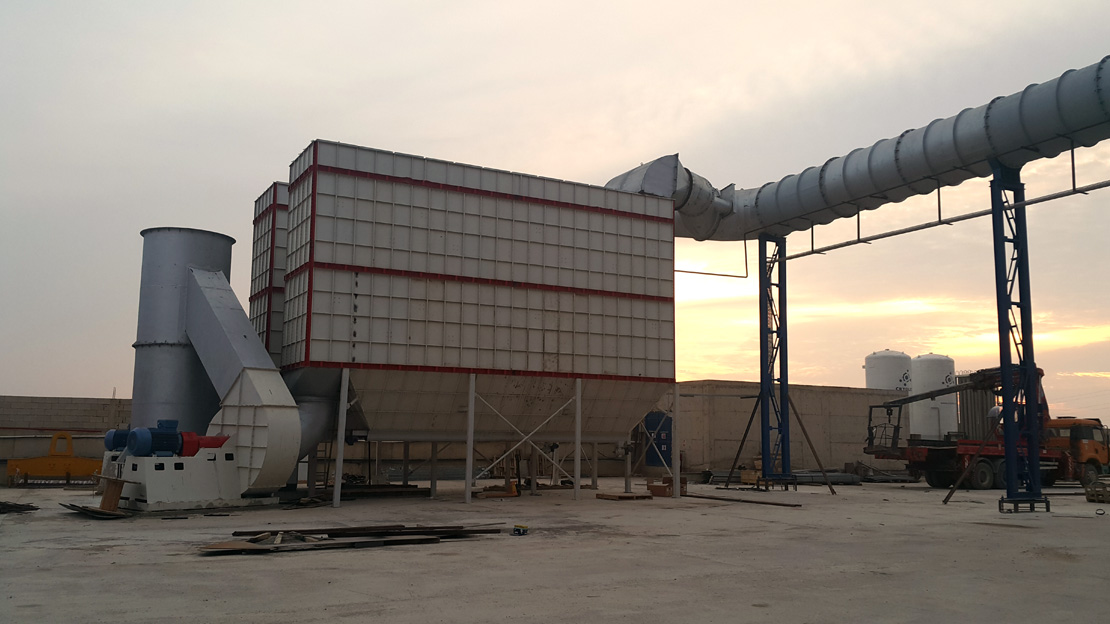








various details in dust collection systems the first concern about air quality in the workplace started with woodworking, as it produces large volumes of sawdust and fumes. as manufacturers investigated various woodworking operations, they discovered that there was a wide variety of particulate matter produced. the determining factor is the type of work performed. sawmills and sawmills require a different type of dust collection system than that used by a wood pellet producer. each type of operation requires a different form of collection system. regardless of the type of woodworking operation, it has been determined that the main cause of dust accidents is wood dust. the dangers of dust from woodworking operations are highly underestimated. wood dust ignites easily and spreads quickly, making it necessary to have a dust collection system. where is dust collection used? two types of dust collection systems for woodworking operations are cartridge and bag hopper, the most efficient being the baghouse. whatever type of system is chosen, it must be designed and manufactured to specifically fit the customer's operation and manufacturing process. food processing the main concern for dust collection systems in the food processing industry is handling, storage and mixing, which are the areas that accumulate the most dust. sugar, powders, flour, food, spices and starch are dust producing substances that need to be controlled and monitored. food processing includes the use of conveyors, packaging equipment, mixers, shellers and concentrate storage areas. filtration systems can be connected to each of these types of equipment and locations. the special needs of food processing call for the use of stainless steel as it is approved for processes related to food production.
mining the two agencies that regulate air quality for mining operations are the environmental protection agency (epa) and the mine safety and health administration (msha), a branch of the department of labor. the main concern for mining regulations is silicosis and black lung disease. dust control systems for mining operations must be able to withstand heavy use but be flexible enough to adapt to a wide variety of conditions. by the nature of mineral dust it requires very robust and reliable equipment, because mineral dust can be extremely fine as well as coarse and abrasive. various types of mining determine the type of dust collection system. dust from rock mines tends to be less flammable and unstable, while dust from coal mines is highly volatile. regardless of operation, mining dust control systems are designed to suppress explosions, isolate fumes and control odors from gases. dust collection systems commonly used in mines are bagged and cartridge.
Bu site çerezler kullanır. Sitede gezinmeye devam ederek çerezlerimizin kullanımını kabul etmiş olursunuz.
Daha fazlası